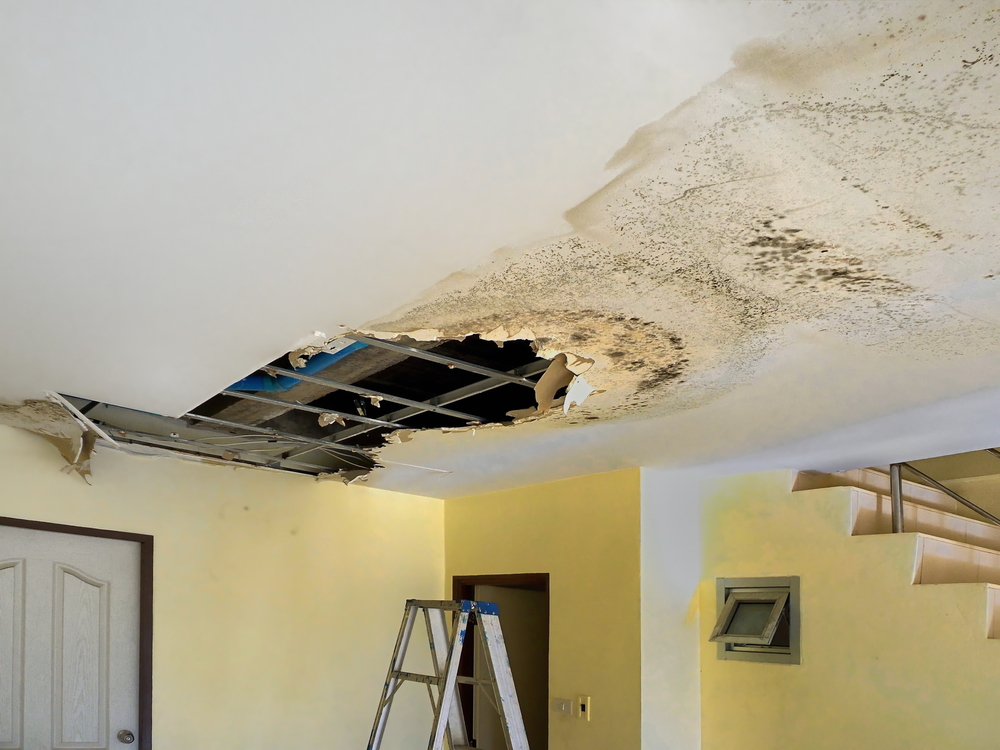Detect Concealed Water Line Leaks: Six Clever Detection Tricks
Detect Concealed Water Line Leaks: Six Clever Detection Tricks
Blog Article
The writer is making several great points on Detecting hidden plumbing leaks overall in this article followed below.

Early discovery of dripping water lines can alleviate a potential calamity. Apart from saving you cash, it will minimize the irritation and also frustration. The minute you discover a leak, calling your plumber for repair work is the most effective solution. However, some tiny water leakages might not show up. Right here are some hacks that help if you can not spot it with your nude eyes.
1. Analyze the Water Meter
Every home has a water meter. Checking it is a proven manner in which helps you discover leakages. For starters, turn off all the water resources. Ensure no one will certainly flush, make use of the tap, shower, run the cleaning device or dish washer. From there, go to the meter and also watch if it will certainly change. Given that no one is using it, there should be no motions. That indicates a fast-moving leak if it moves. If you identify no modifications, wait an hour or 2 as well as examine back once again. This suggests you may have a slow leakage that can also be underground.
2. Check Water Intake
Examine your water costs and track your water consumption. As the one paying it, you should see if there are any type of disparities. If you find sudden changes, despite your intake being the same, it implies that you have leaks in your plumbing system. Bear in mind, your water costs should fall under the same array on a monthly basis. An abrupt spike in your expense indicates a fast-moving leak.
A steady rise every month, also with the very same habits, reveals you have a sluggish leak that's likewise gradually intensifying. Call a plumber to completely check your residential or commercial property, especially if you feel a cozy location on your floor with piping beneath.
3. Do a Food Coloring Test
When it comes to water intake, 30% comes from commodes. If the shade somehow infiltrates your bowl during that time without flushing, there's a leak in between the container as well as bowl.
4. Asses Outside Lines
Do not fail to remember to check your exterior water lines as well. Examination spigots by connecting a garden tube. Should water seep out of the connection, you have a loosened rubber gasket. Change this as well as ensure all connections are tight. If you have actually obtained an automatic sprinkler, it will certainly help get it skillfully examined as well as preserved every year. One small leakage can lose tons of water and also increase your water bill.
5. Evaluate and also Examine the Circumstance
House owners should make it a routine to inspect under the sink counters as well as even inside cabinets for any type of bad odor or mold and mildew growth. These two warnings indicate a leak so punctual focus is required. Doing routine assessments, also bi-annually, can conserve you from a significant trouble.
If you know your residence is currently old, keep a watchful eye on your heaters, tubes, pipelines etc. Check for discolorations and weakening as most devices as well as pipelines have a life expectancy. They will additionally normally degrade due to wear and tear. If you believe leaking water lines in your plumbing system, don't wait for it to escalate. Call a professional plumber right now so you don't end up with a dreadful mess in your home.
Early detection of dripping water lines can minimize a potential disaster. Some small water leakages might not be noticeable. Examining it is a guaranteed method that assists you uncover leaks. One small leak can lose tons of water as well as surge your water expense.
If you presume leaking water lines in your plumbing system, don't wait for it to escalate.
WARNING SIGNS OF WATER LEAKAGE BEHIND THE WALL
PERSISTENT MUSTY ODORS
As water slowly drips from a leaky pipe inside the wall, flooring and sheetrock stay damp and develop an odor similar to wet cardboard. It generates a musty smell that can help you find hidden leaks.
MOLD IN UNUSUAL AREAS
Mold usually grows in wet areas like kitchens, baths and laundry rooms. If you spot the stuff on walls or baseboards in other rooms of the house, it’s a good indicator of undetected water leaks.
STAINS THAT GROW
When mold thrives around a leaky pipe, it sometimes takes hold on the inside surface of the affected wall. A growing stain on otherwise clean sheetrock is often your sign of a hidden plumbing problem.
PEELING OR BUBBLING WALLPAPER / PAINT
This clue is easy to miss in rooms that don’t get much use. When you see wallpaper separating along seams or paint bubbling or flaking off the wall, blame sheetrock that stays wet because of an undetected leak.
BUCKLED CEILINGS AND STAINED FLOORS
If ceilings or floors in bathrooms, kitchens or laundry areas develop structural problems, don’t rule out constant damp inside the walls. Wet sheetrock can affect adjacent framing, flooring and ceilings.
https://www.servicemasterbyzaba.com/blog/how-to-detect-water-leakage-in-walls/

I am very focused on Leaking water lines and I am hoping you appreciated the blog posting. Sharing is caring. Helping others is fun. Many thanks for taking the time to read it.
Professional touch awaits. Report this page